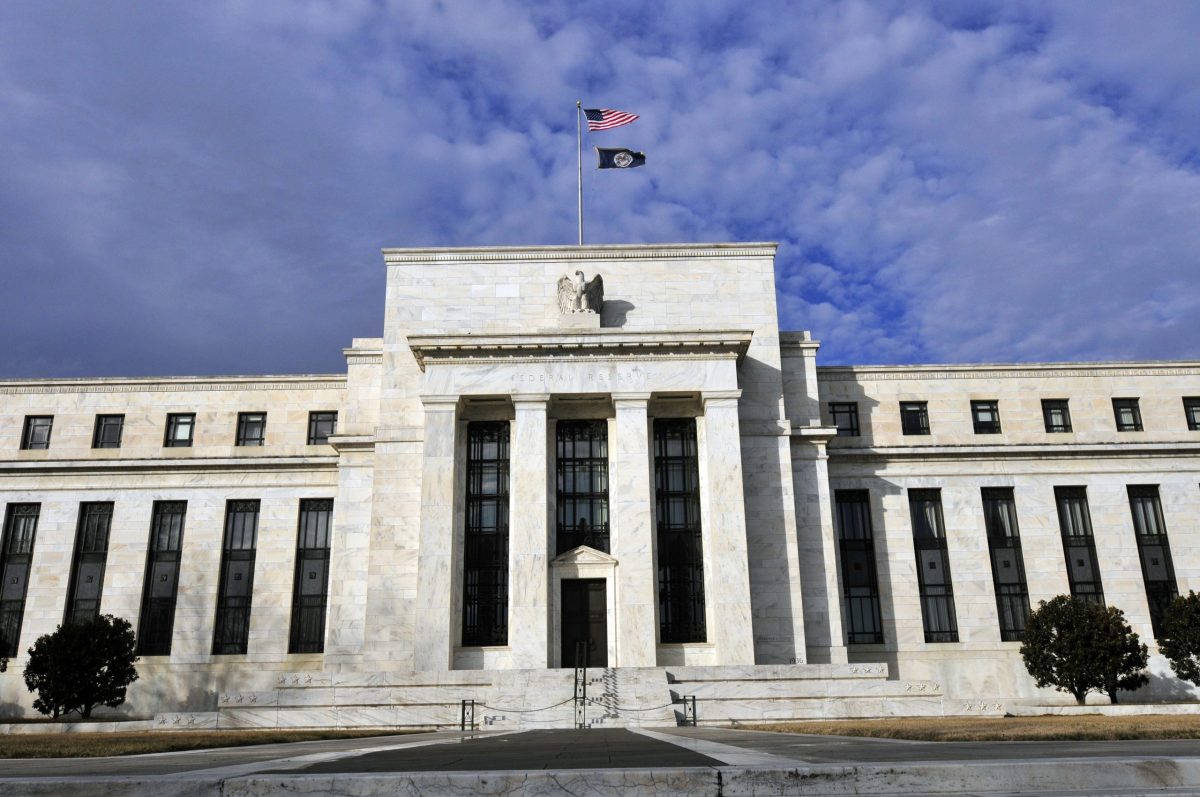Investors Await FED’s First Rate Decision of 2025
29.01.2025 18:00 1 min. read Alexander Zdravkov
With global markets experiencing high volatility, attention now turns to the Federal Reserve’s (FED) policy announcement on January 29, 2025.
Investors across stocks, gold, crypto, and forex are eager to see if the central bank will maintain its stance or signal further rate cuts.
Since September 2024, the FED has been easing rates, starting with a 50-basis-point cut, followed by two 25-basis-point reductions in November and December. Despite this trend, analysts expect no changes in January, with FED Watch pricing a 99.5% probability of rates staying put. However, speculation is growing that the first cut of 2025 could come by June.
While the labor market appears stable, analysts at LHMeyer warn that restrictive monetary policy is still affecting economic growth. They expect rates to stay above 4% until mid-2025, with inflation at 2.5%. However, this won’t likely stop the FED from continuing rate cuts.
According to Crédit Mutuel Asset Management, a neutral or slightly positive market reaction is likely if rates remain unchanged. However, Danske Bank analysts believe market focus may shift towards political developments under the Trump administration, potentially overshadowing the FED and European Central Bank (ECB) meetings.
Following the announcement, FED Chair Jerome Powell will deliver a press conference at 22:30 Turkish time, offering insights into the central bank’s future policy direction.
-
1
Russia’s Oil Revenues Strained as Exports Decline Again
24.06.2025 18:00 2 min. read -
2
Recession Fears Linger as Economic Signal Flashes Long-Term Warning
25.06.2025 9:00 2 min. read -
3
Robert Kiyosaki Predicts When The Price of Silver Will Explode
28.06.2025 16:30 2 min. read -
4
Gold Beats U.S. Stock Market Over 25 Years, Even With Dividends Included
13.07.2025 15:00 1 min. read -
5
Trump Targets Powell as Fed Holds Rates: Who Could Replace Him?
27.06.2025 9:00 2 min. read
Gold Beats U.S. Stock Market Over 25 Years, Even With Dividends Included
In a surprising long-term performance shift, gold has officially outpaced the U.S. stock market over the past 25 years—dividends included.
U.S. Announces Sweeping New Tariffs on 30+ Countries
The United States has rolled out a broad set of new import tariffs this week, targeting over 30 countries and economic blocs in a sharp escalation of its trade protection measures, according to list from WatcherGuru.
Key U.S. Economic Events to Watch Next Week
After a week of record-setting gains in U.S. markets, investors are shifting focus to a quieter yet crucial stretch of macroeconomic developments.
Robert Kiyosaki Predicts When The Price of Silver Will Explode
Robert Kiyosaki, author of Rich Dad Poor Dad, has issued a bold prediction on silver, calling it the “best asymmetric buy” currently available.
-
1
Russia’s Oil Revenues Strained as Exports Decline Again
24.06.2025 18:00 2 min. read -
2
Recession Fears Linger as Economic Signal Flashes Long-Term Warning
25.06.2025 9:00 2 min. read -
3
Robert Kiyosaki Predicts When The Price of Silver Will Explode
28.06.2025 16:30 2 min. read -
4
Gold Beats U.S. Stock Market Over 25 Years, Even With Dividends Included
13.07.2025 15:00 1 min. read -
5
Trump Targets Powell as Fed Holds Rates: Who Could Replace Him?
27.06.2025 9:00 2 min. read


